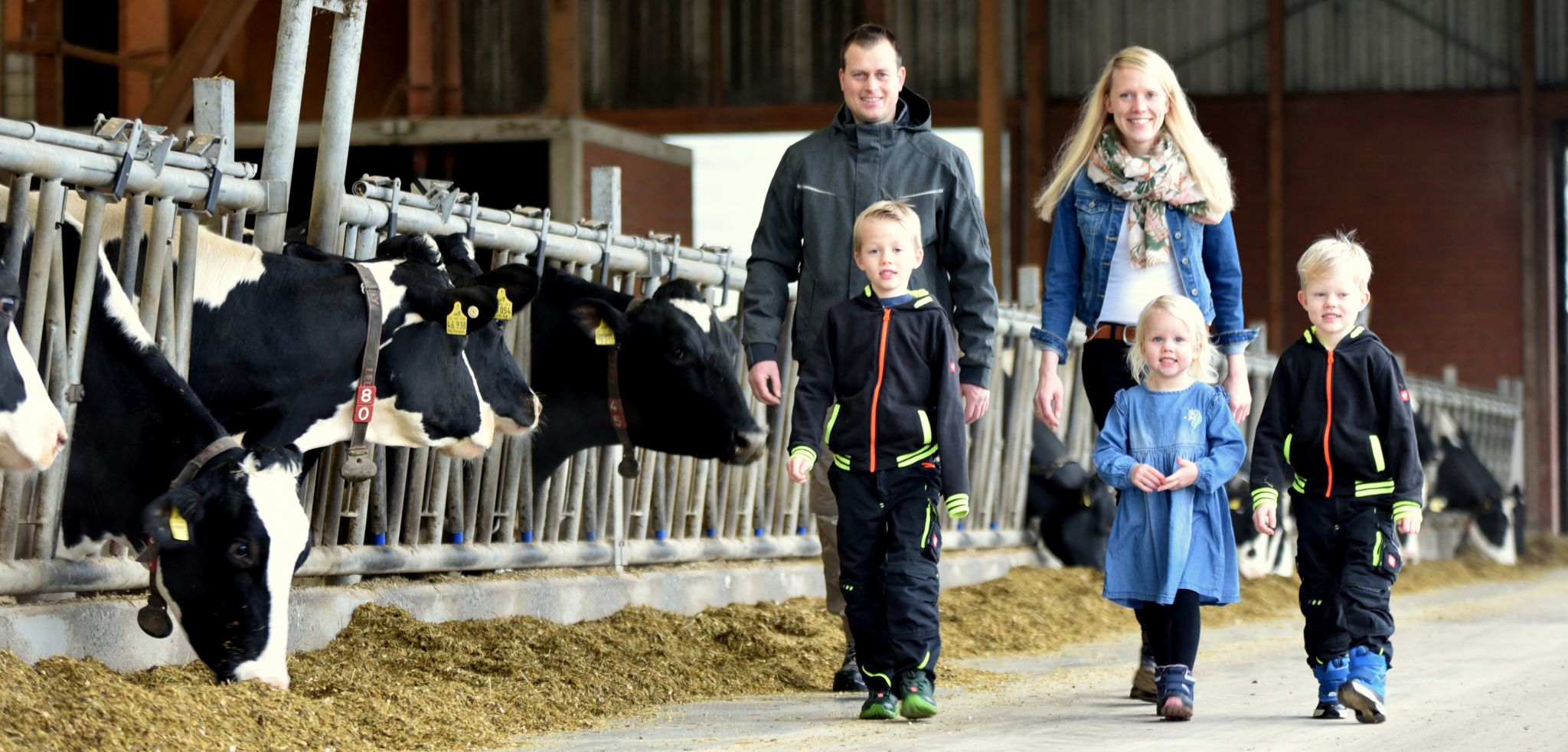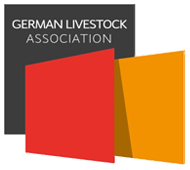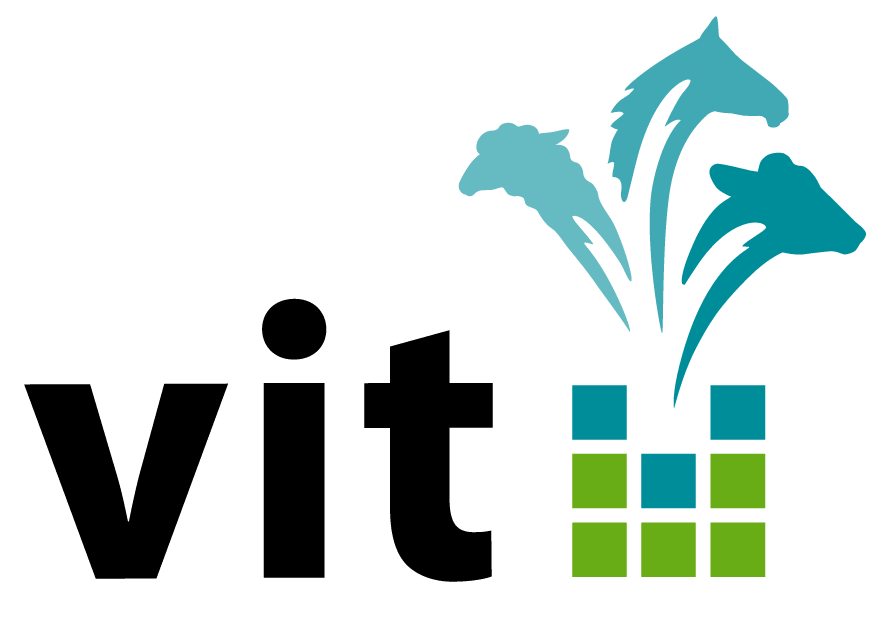Changes in composition of RZG
Since April 2021 the RZG (relative total breeding index) is published in a new combination. The RZG includes the most important traits for the Holstein breed. In particular, the health breeding values (RZhealth and RZcalfhealth), which have been increasingly influencing bull selection on farms since their introduction in 2019, are now directly taken into account. In the past, the cows' health has been included in the RZG via secondary traits such as the RZS (somatic cell score), the RZR (daughter fertility) and the RZN (longevity).
The RZM (milk production) is reduced to a weight of 36 % in advantage of the health breeding values, but remains the most important breeding value in the new RZG. Already today's excellent milk production of German Holsteins allows a shift in weighting towards more health, which additionally brings economic advantages by avoiding treatment costs and performance losses due to diseases. In addition, the German Holstein breed actively counters the sometimes voiced social criticism of modern dairy farming with the reweighting of the RZG and sets a clear focus on animal welfare.
The inclusion of the RZhealth allows the removal of the secondary trait RZS from the RZG, as the RZhealth acts as a direct trait for udder health. But also RZN and RZR lose weight in favour of RZhealth and RZcalfhealth. The two new breeding values have a direct positive effect on these traits, therefore there will be advanced breeding progress in both traits, RZR and RZN.
As further smaller changes, the conformation is extended by the complex body
and the calving ease value RZKm (maternal) is supplemented by RZKd (paternal).
The new RZG enables farmers to breed specifically for high milk yields and good health of their animals and at the same time meets the changing demands of modern dairy farming.













 German Livestock Association
German Livestock Association Vereinigte Informationssysteme Tierhaltung w.V.
Vereinigte Informationssysteme Tierhaltung w.V.